AMERICA’S FIRST BOTANIST
Come on Over
Come on over to John’s garden, one of the best around. John Bartram’s, that is. In case you don’t know him — rather, of him — he was America’s first botanist. Carl Linnaeus, who in the 18th century devised our whole system for classifying plants, called Bartram “the greatest natural botanist in the world.”
John’s garden is a convenient stop during any visit to Philadelphia. You’re going to visit the Liberty Bell, aren’t you? The Bartram garden is only minutes away, just south of Center City.
When John bought this tract along the Schuylkill River in 1728, it was rural land skirting the colonial city. His botanizing took him throughout what is now eastern U.S., and his garden was where he grew the many plants and seeds he collected in his travels.
His son, William, was a worthy and knowledgeable companion for these travels. The notes and sketches that William made during a four-year, solitary journey throughout the south, beginning in 1773, were eventually published as TRAVELS, a book that went on to be published in several foreign editions.
The Offerings
Among the most exciting discoveries, in 1765, of John and William was that of the beautiful Franklinia tree, which they found growing along the Alatamaha River in Georgia and named after their friend, Ben Franklin. For reasons unknown, this tree was never again seen in the wild after 1803. William later revisited the Franklinia trees and collected seeds which were planted in Philadelphia to eventually become the source of all known Franklinia trees in existence today.
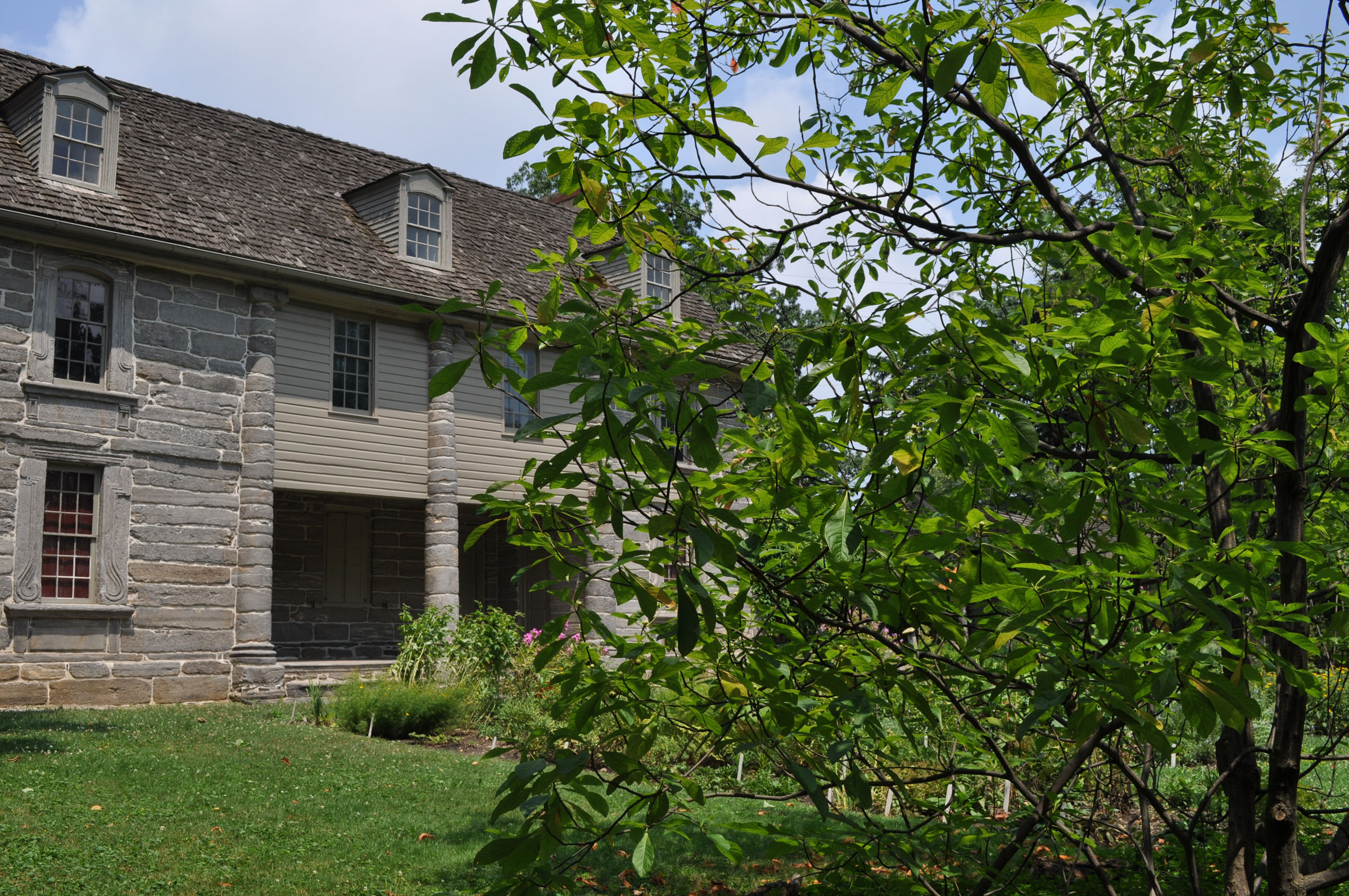
Franklinia at Bartram’s Garden
I planted one years ago but it is no longer with me. That’s because I realized that it would be only borderline cold-hardy here in Zone 5, so gave it to my brother, who lives with more moderate winters in coastal Rhode island. That tree is now over 25 years old!
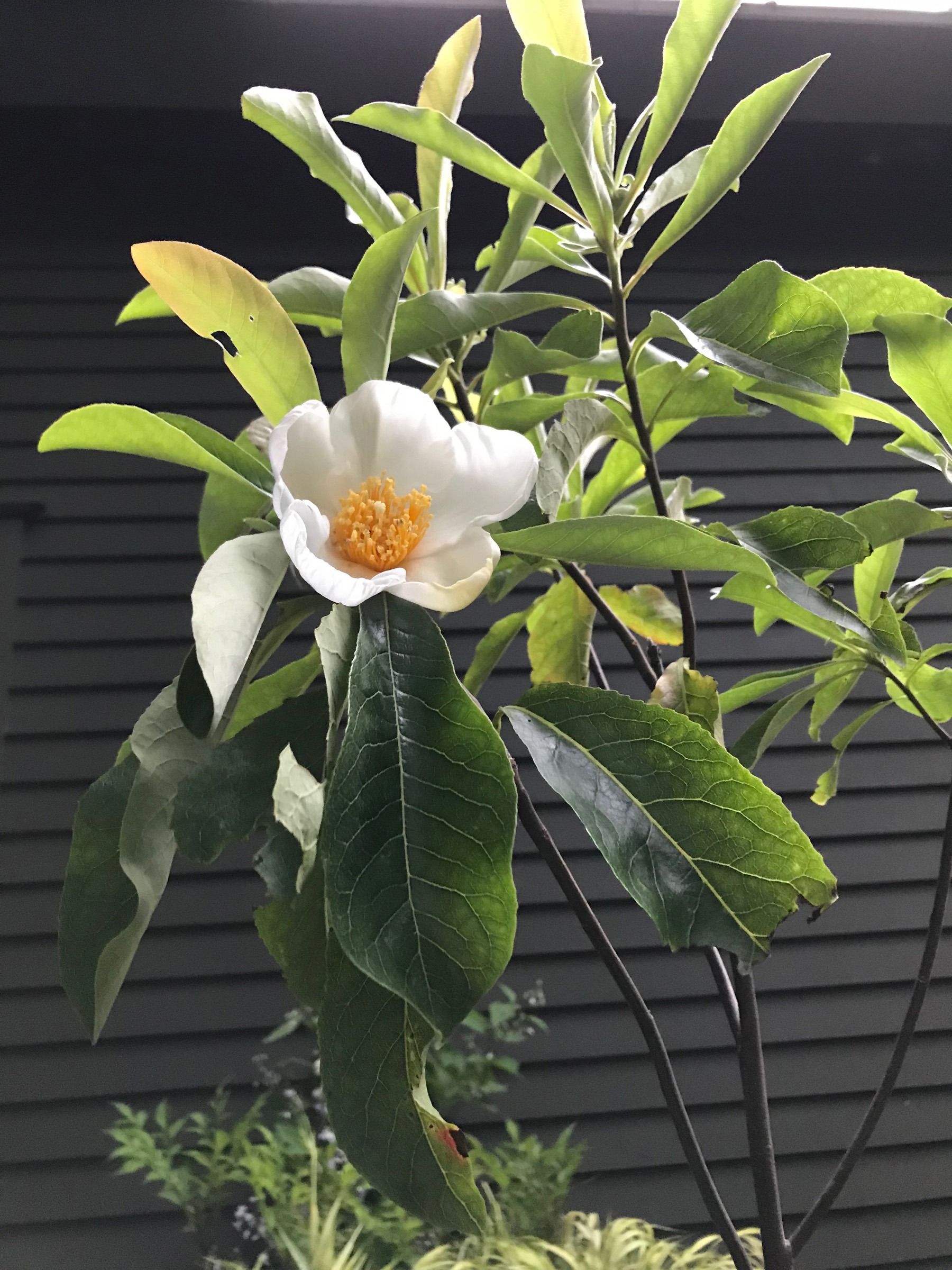
Franklinia flower
I did plant and now have a mature tree of Japanese stewartia, a cousin of Franklinia, both in the Theaceae (Tea) Family. The stewartia is more cold-hardy than Franklinia. There are also native species, but the Japanese species sports, besides the camellia-like, summer blooms of Franklinia, bark that’s a decorative patchwork of brown and shades of grays.

Japanese stewartia bark
The Bartram’s Schuylkill River site also became a commercial plant nursery. Among the 220 species the Bartrams offered in 1783 were tulip poplar trees and poison ivy vines. (Admit it, poison ivy is a handsome plant much of the year.) Other notables were pawpaw, seed of which were sent to England, Persian lilac, bottlebrush buckeye, and various species of dogwood.
The Bartram’s nursery catalog was first printed in 1783, the first printed catalog, it is said, in America. Compare that catalog — now on display at Bartram’s Garden and consisting of nothing more than a list of plants — with the splashy photographs and hyperbole of today’s nursery catalogs and websites.
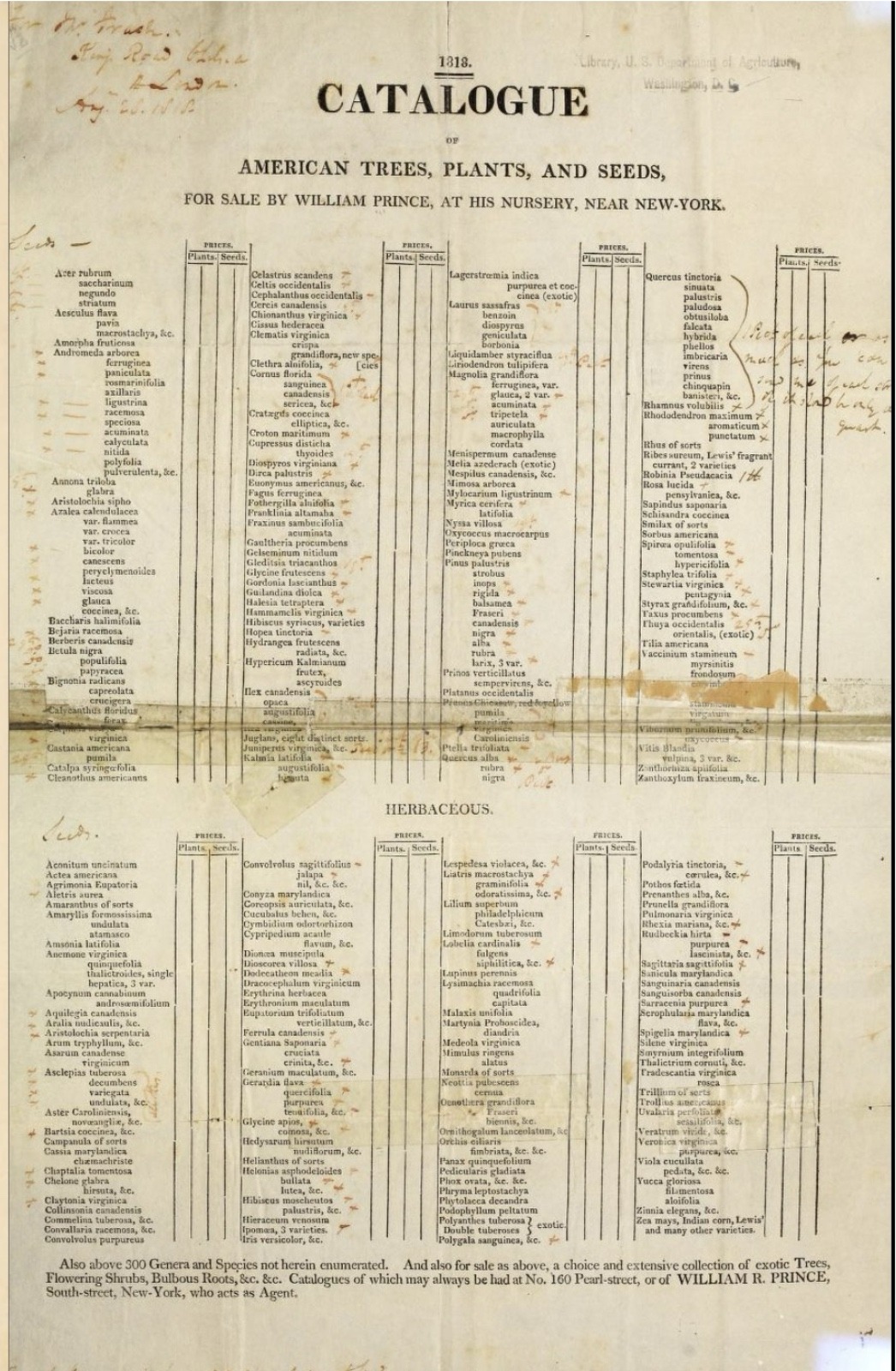
Bartram’s catalog
By the way, it’s not true about Bartram’s offering the first printed nursery catalog: Prince Nursery in Flushing Landing, New York (probably Flushing, in Queens), issued their first printed catalog in 1771. No matter, both nurseries offered over 200 plants, and notables such as Thomas Jefferson and George Washington visited.
Under the leadership of John’s son, John, Jr., his granddaughter, Ann, and her husband, Robert Carr, the nursery flourished. By the 1830’s, 4000 species of plants were being raised, and there was greenhouse space for 10,000 potted plants. Bartram’s nursery supplied plants for such gardens as Jefferson’s Monticello and Washington’s Mount Vernon.
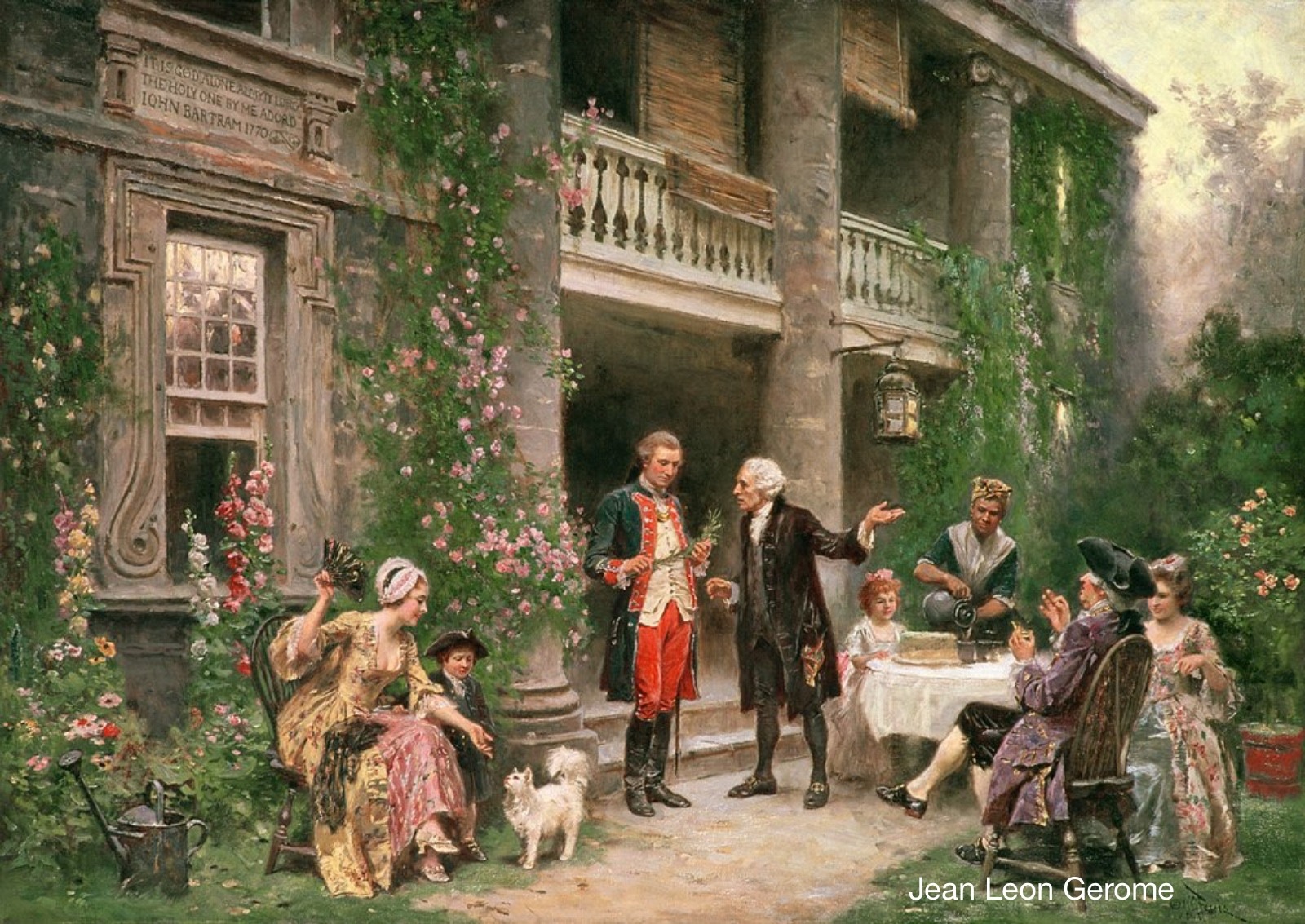
Washington visiting Bartram
Native American plants were the mainstay of the gardens and nursery, but exotics also were grown. Soybeans, for example, from seeds sent by Benjamin Franklin. Ben was thoughtful enough to also include a recipe for tofu. Another plant from China, a gingko tree, was planted in 1785 and is still surviving today.
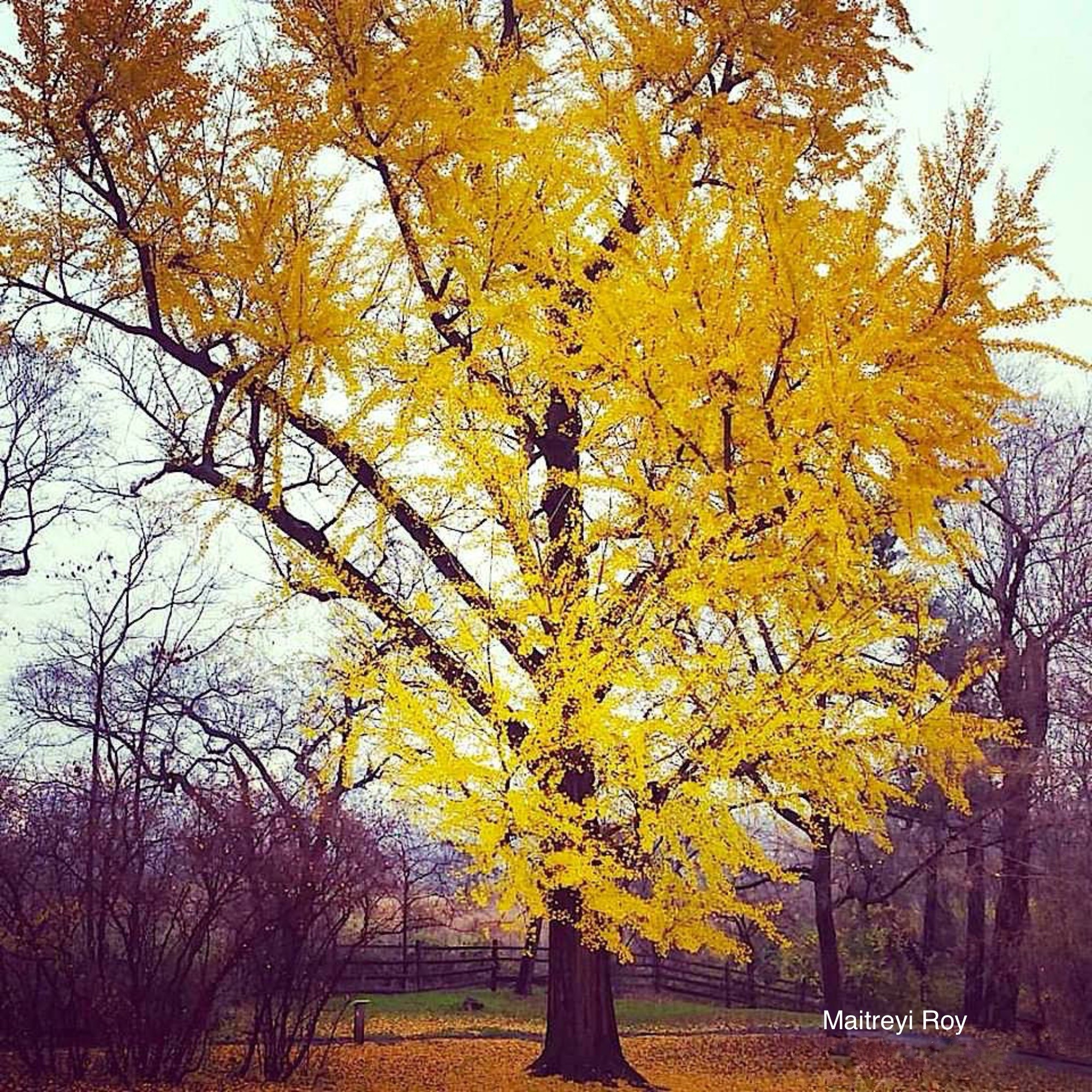
Gingko at Bartram’s garden
Salvation
Like many old gardens, John’s garden fell into disrepair for awhile. Industrial sprawl creeping along the Schuylkill threatened the site when family members lost interest in the nursery in the middle of the 19th century. (Prince Nursery suffered the same fate at about the same time.)
To the rescue came Philadelphia industrialist Andrew Southwick, who bought the property, proclaiming “I don’t want a solitary branch cut . . . so that not a bush of this beloved old garden shall be disturbed.” Unfortunately, with Southwick’s death, the property was again sold, this time resulting in the loss of many plants.
Salvation returned in 1891 when the property was purchased by the City of Philadelphia. Restoration efforts were spurred on by the discovery, in 1950, of a sketch that had been made by William or John of their 8 acre botanical garden. In addition to many of the plants grown by the Bartrams, the present Historic Bartram’s Gardens also includes an education center housed in the stone barn built by John Bartram in 1775, as well as a wildflower meadow and the furnished Bartram home.
For information about Historic Bartram’s Garden, go to https://bartramsgarden.org.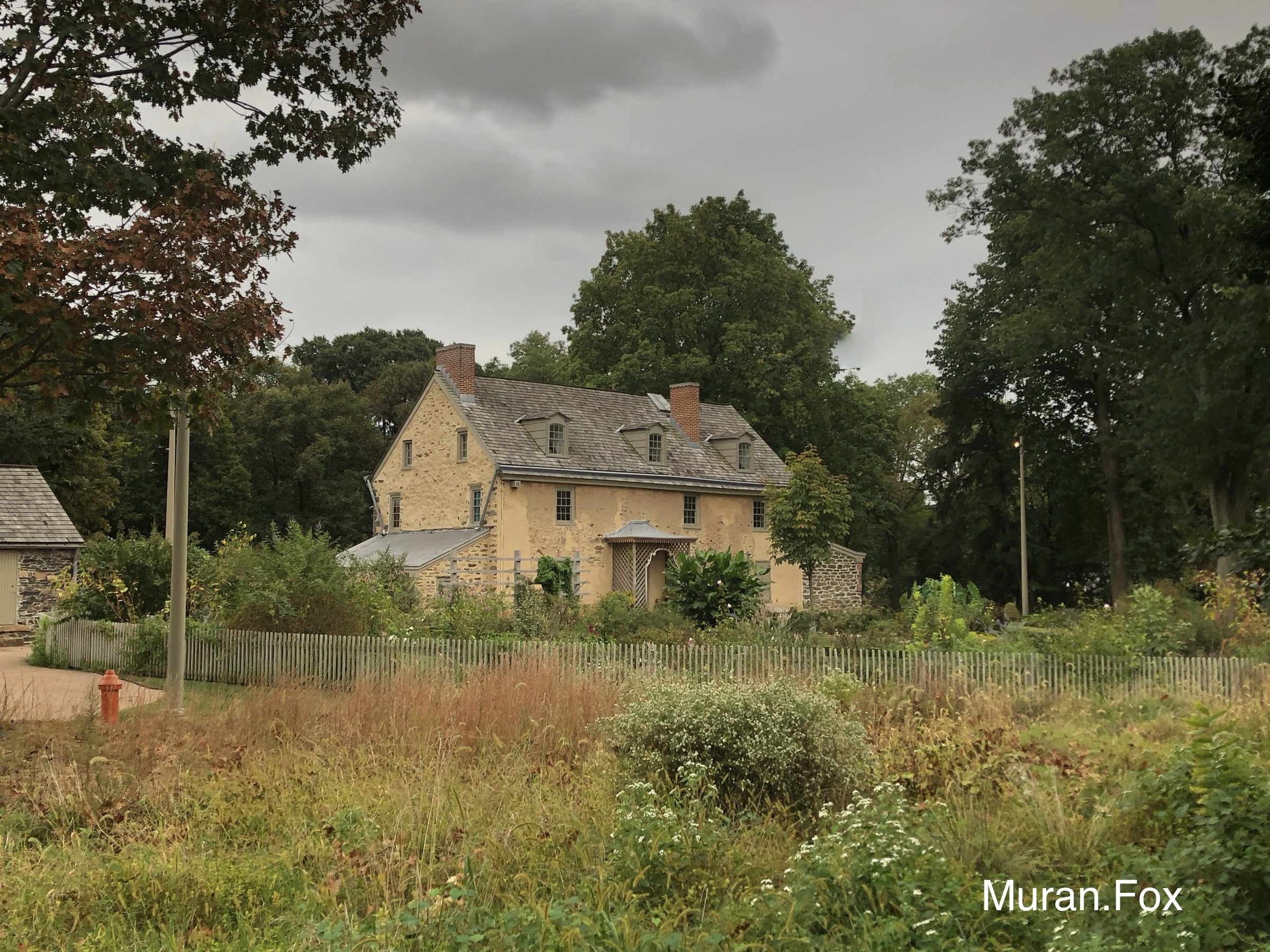
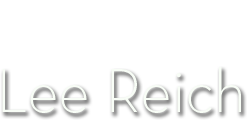


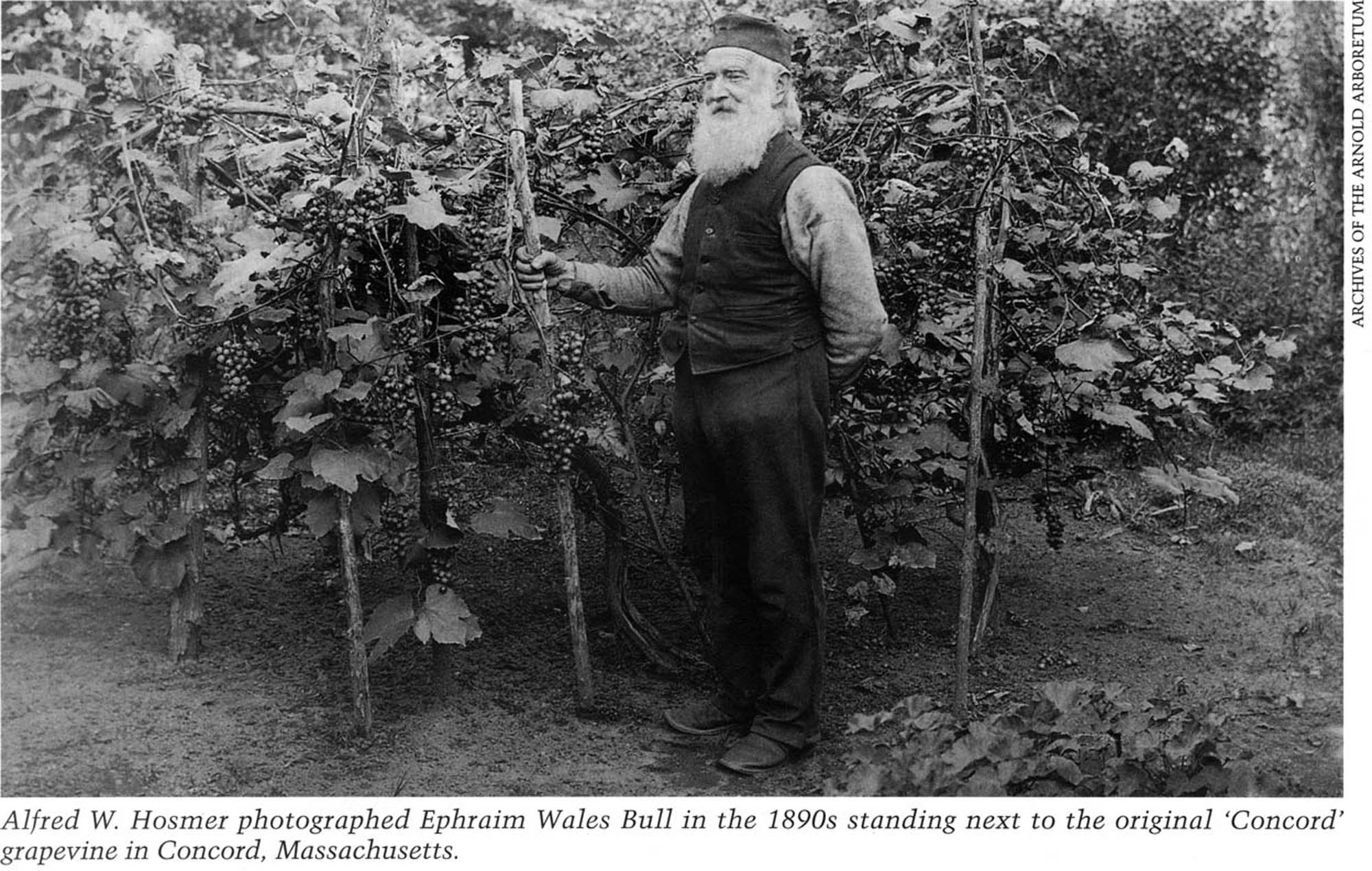
I live here in Philadelphia and it’s beautiful to visit Mr.Bartram house and see the beautiful plants and flowers as spring really starts to turn into summer. Then go up to Lemon hill in Fairmount Park and see some of his plants that were later planted there.
I really enjoyed the Garden, too. My recollection though is that I needed to drive through a pretty rough area in Philly to get there. Maybe that has since improved.